Daepyeong Galbi (대평갈비)
14.3Km 2021-03-27
83, Pyeongchangmunhwa-ro, Jongno-gu, Seoul
+82-2-395-5288
With a large hall, it is a good place for group gatherings and group dinners. This Korean dishes restaurant is located in Jongno-gu, Seoul. The representative menu is grilled jumbo sized beef ribs/grilled jumbo sized spareribs.
Bon PALETE (봉파레트)
14.3Km 2021-03-29
57-1, Seongbuk-ro, Seongbuk-gu, Seoul
+82-2-766-0827
You can enjoy delicious meals at a hanok restaurant. This Western dishes restaurant is located in Seongbuk-gu, Seoul. The representative menu is seafood pasta.
Ibis Style Ambassador Seoul Gangnam (이비스 스타일 앰배서더 서울 강남)
14.3Km 2020-03-30
431, Samseong-ro, Gangnam-gu, Seoul
+82-2-3011-8888
The Ibis chain has a network of over 703 hotels in 36 countries worldwide. The Ibis Style Ambassador Seoul Gangnam is located in the international district of Gangnam-gu and offers 317 guestrooms, two business meeting rooms, a wine bar (Le Bar), a restaurant (La table), fitness center, men’s sauna, and an underground parking lot. The guestrooms feature a refined modern design and top class hotel services are available all for very reasonable rates. The Ibis Seoul is situated at the center of Gangnam, and its proximity to COEX’s International Convention Hall makes it a good choice for visitors participating in conferences or exhibitions. Some of the hotel’s amenities include a business center, coin laundry facilities, a vending machine stocking drinks/living essential products, high-speed internet in every room, personal safes, and spacious rooms where guests can work and relax easily.
Suyeonsanbang (수연산방)
14.3Km 2024-07-19
8, Seongbuk-ro 26-gil, Seongbuk-gu, Seoul
Suyeonsanbang, a traditional Korean tea house located in Seongbuk-dong, was originally the house where the late Korean author Lee Tae-Jun wrote many of his books. Now, his estate has opened Suyeonsanbang’s doors to the public in the form of a charming and peaceful tea house. Famous for its savory tea, beautiful nature, and rich history, Suyeonsanbang has been covered by a variety of foreign media outlets like NHK (Japan), BBC (UK), French TV channels, and numerous Japanese magazines. To take a break during the summer heat, visitors come to Suyeonsanbang to try their patbingsu (shaved ice with red beans), one of its summer specialties. So come relax and be inspired in this traditional Hanok tea house.
Seongbuk-dong Jip (성북동집)
14.3Km 2021-03-29
4, Seongbuk-ro 24-gil, Seongbuk-gu, Seoul
+82-2-747-6234
This restaurant in Seongbuk-dong is famous for its Kalguksu (chopped noodle soup) and dumplings. This restaurant's signature menu is noodle soup. This Korean dishes restaurant is located in Seongbuk-gu, Seoul.
Hirameki (히라메키)
14.3Km 2020-02-18
32, Teheran-ro 81-gil, Gangnam-gu, Seoul
+82-2-539-6303
Hirameki presents Kaiseki courses of authentic Japanese cuisine along with sake. In order to stay true to the original taste, Hirameki carefully selects only the highest quality ingredients and has special cooking methods, for recipes that exude flavor. It also has thorough health control standards. All of the restaurant's dishes are prepared by a head chef who has proven his skill as a Kaiseki chef in Japan, raising the bar for outstanding taste and beautiful delicacies. Dishes are accompanied by a choice of more than 20 different types of fragrant sakes.
Bo Reum Sae (보름쇠)
14.3Km 2025-05-16
36, Teheran-ro 81-gil, Gangnam-gu, Seoul
LunaAsia (루나아시아)
14.4Km 2021-03-18
15, Samseong-ro 100-gil, Gangnam-gu, Seoul
+82-2-562-7992
Indian chefs do the cooking. The representative menu is tandoori chicken. This Asian restaurant is located near Samseong (World Trade Center Seoul) Station, Seoul.
SUMSEI Terrarium (섬세이 테라리움)
14.4Km 2025-06-11
Seoul Sup 2-gil 44-1, Seongdong-gu, Seúl
Saebyeokjip Cheongdam (새벽집 청담)
14.4Km 2021-03-24
6, Dosan-daero, 101-gil, Gangnam-gu, Seoul
+82-2-546-5739
This house is open 24 hours. This Korean dishes restaurant is located in Gangnam-gu, Seoul. The representative menu is beef tartare bibimbap.
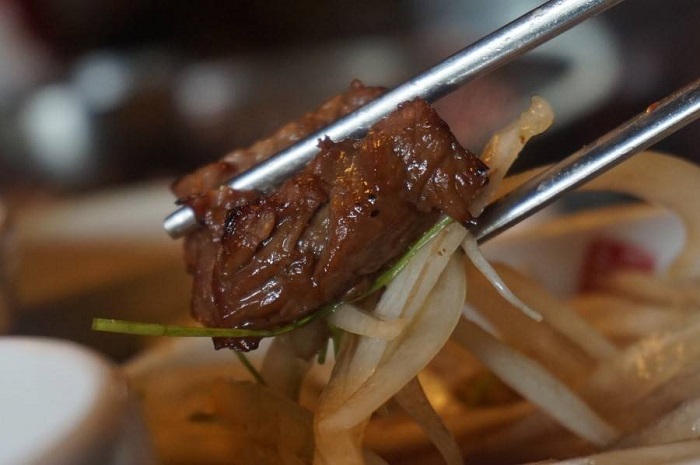
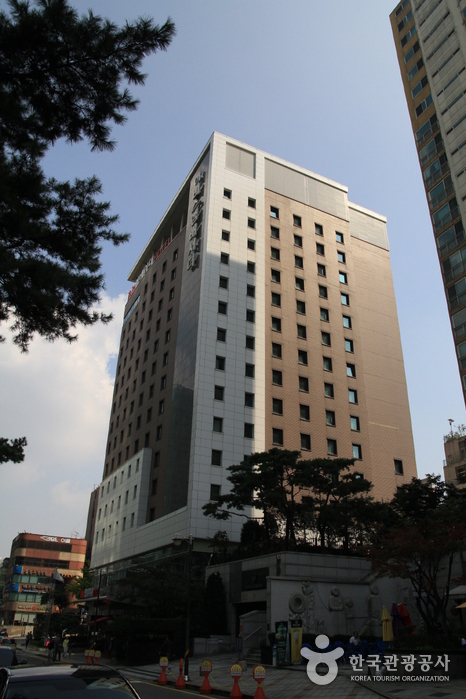

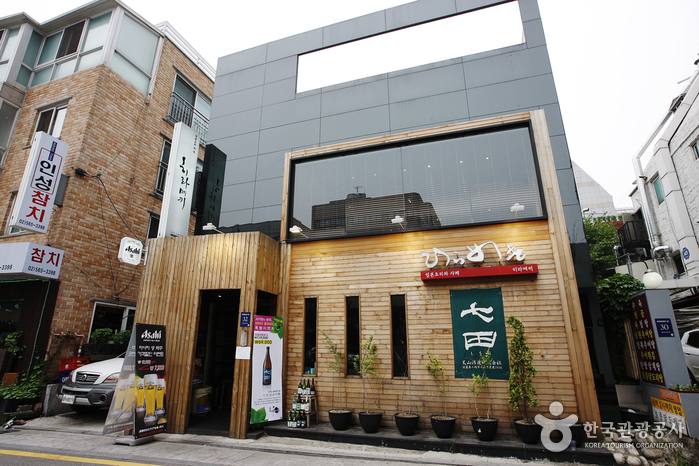
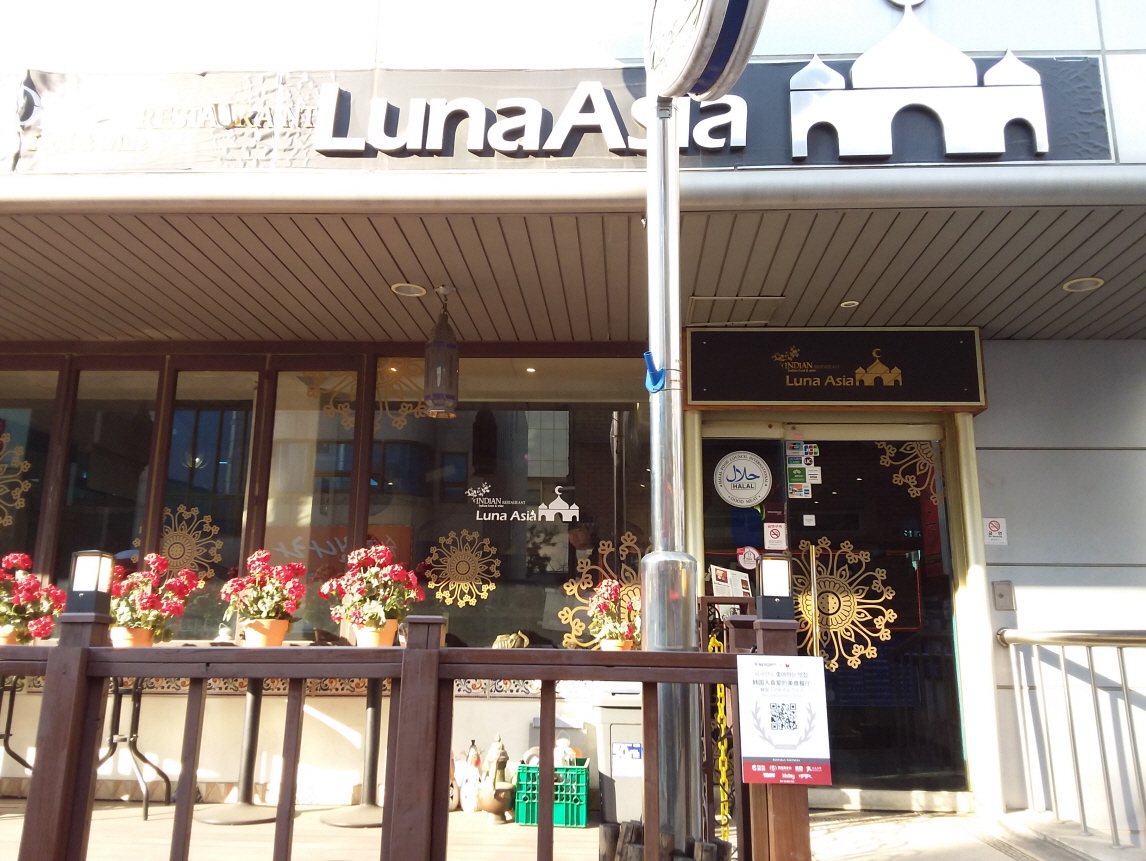
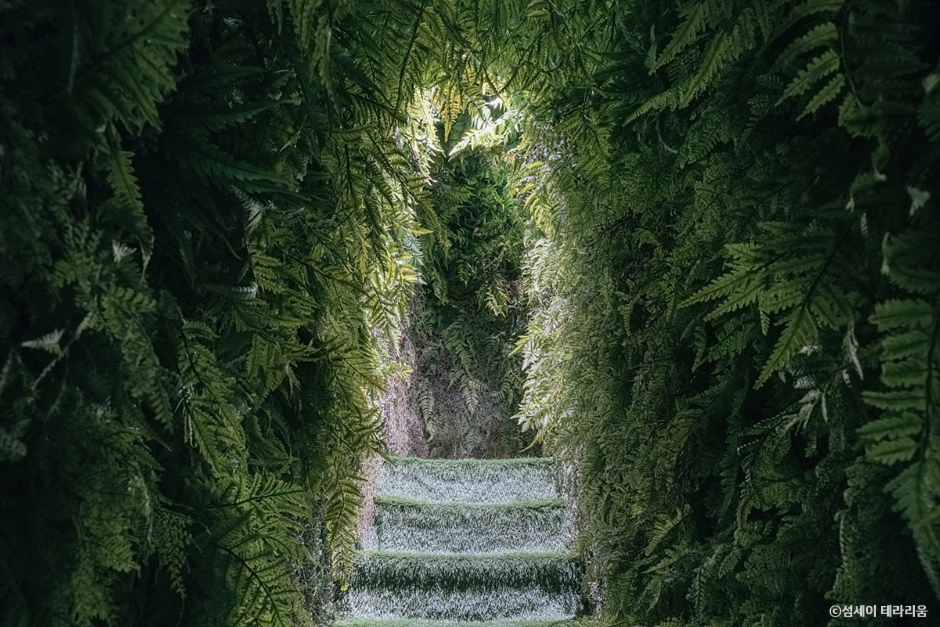
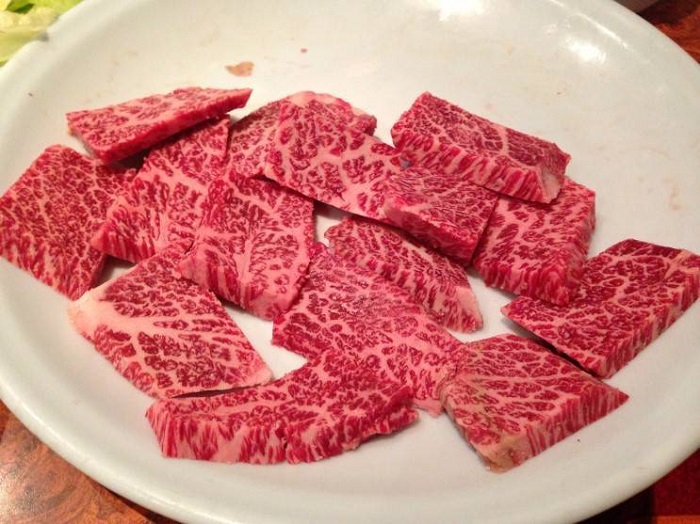
 Español
Español
 한국어
한국어 English
English 日本語
日本語 中文(简体)
中文(简体) Deutsch
Deutsch Français
Français Русский
Русский